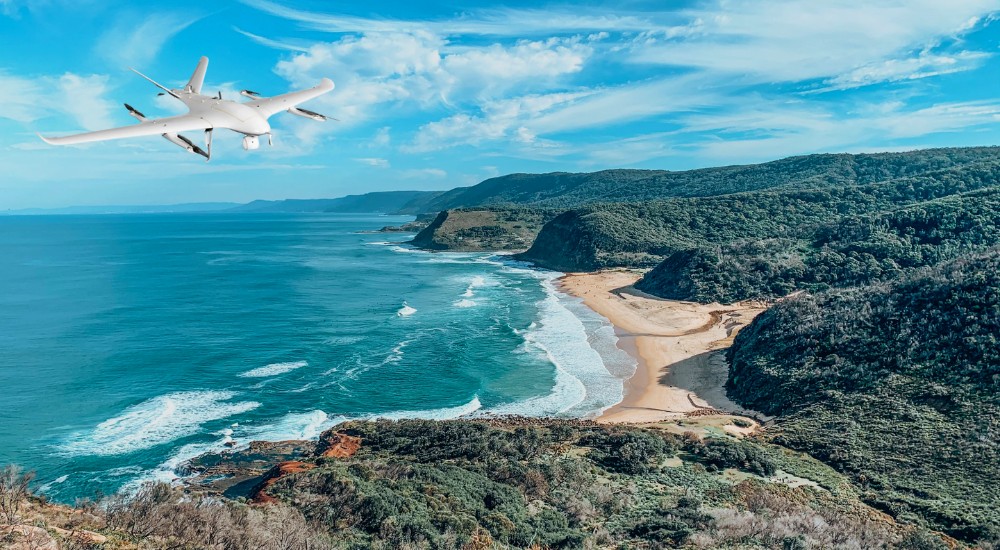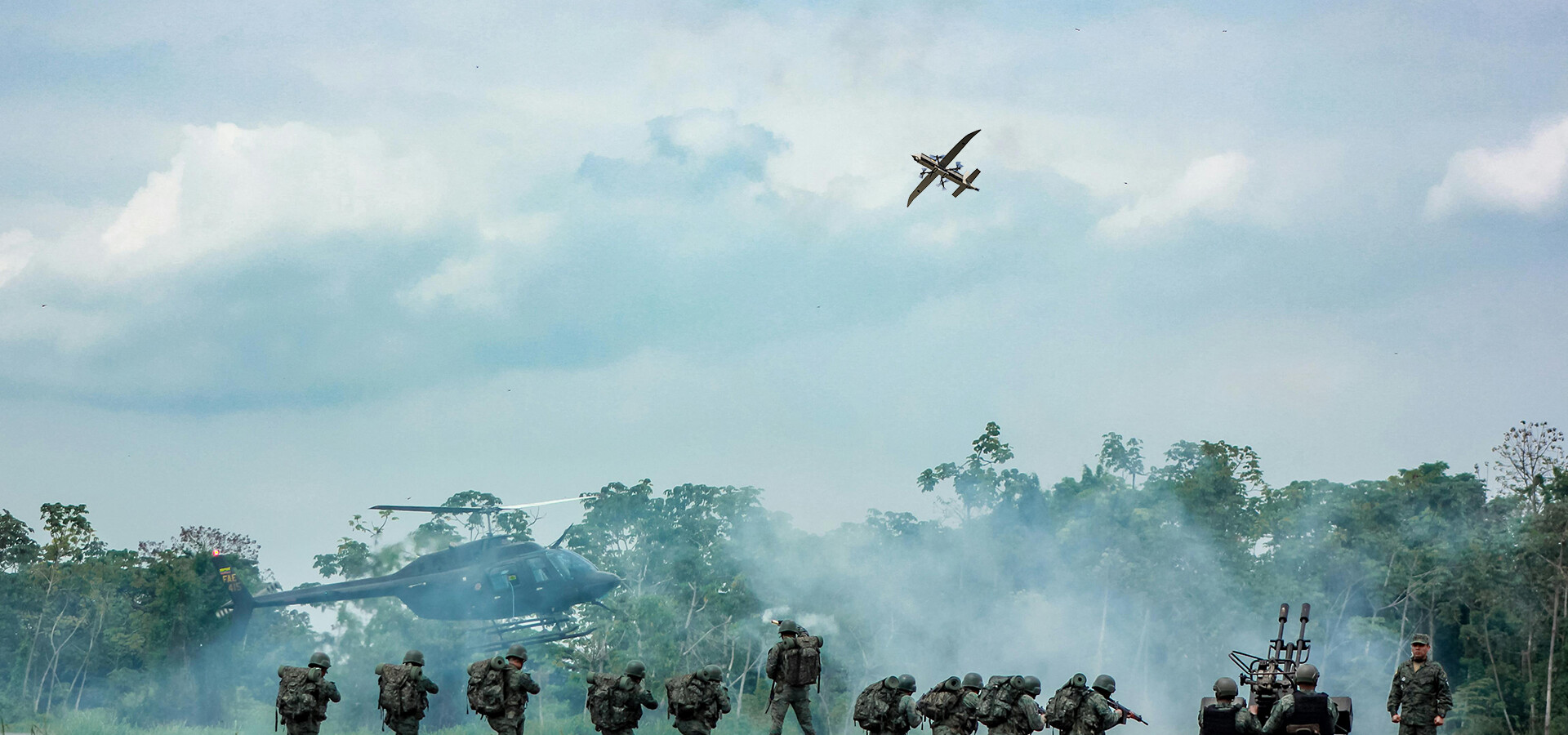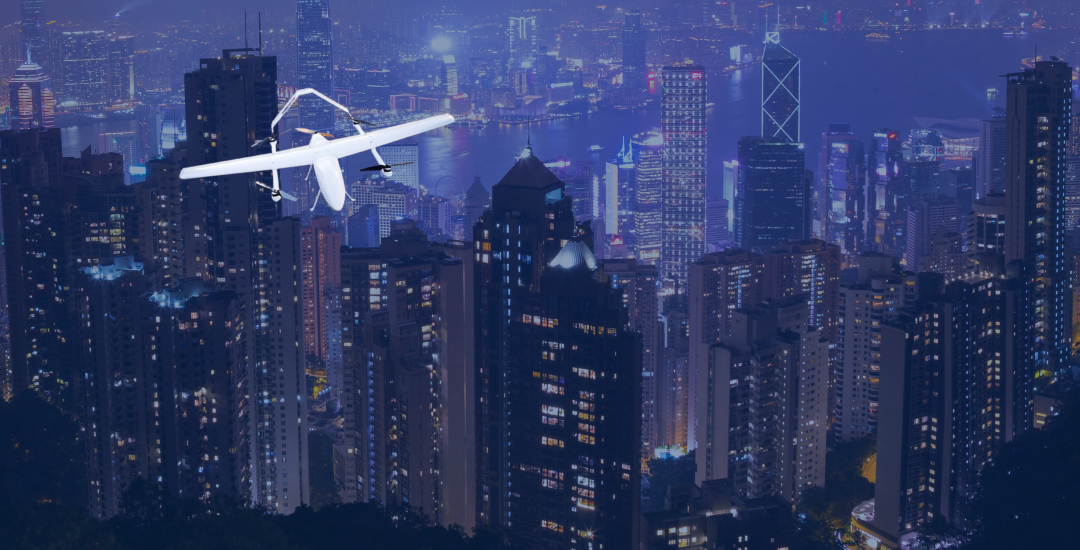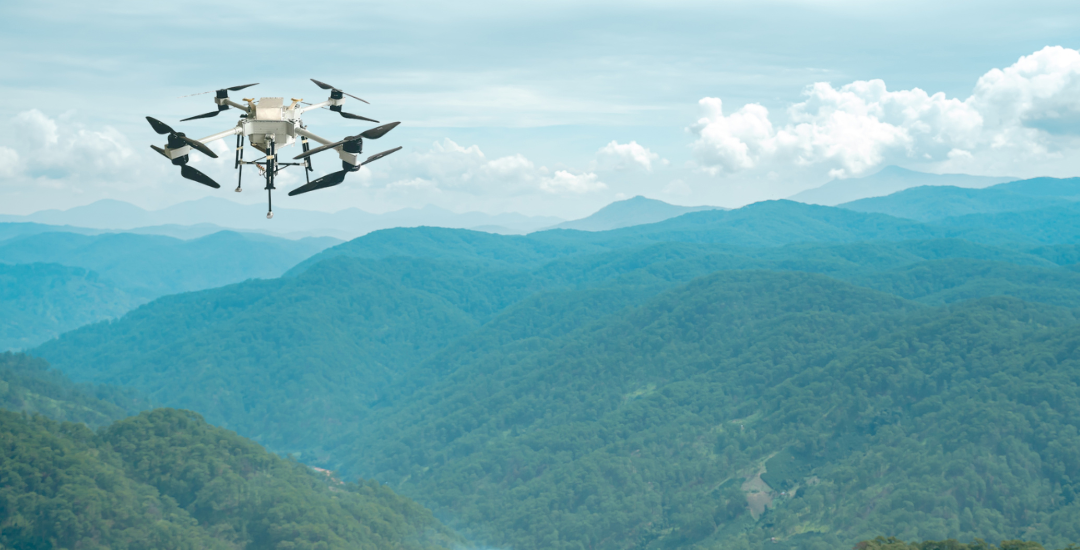NEWS
Home > News
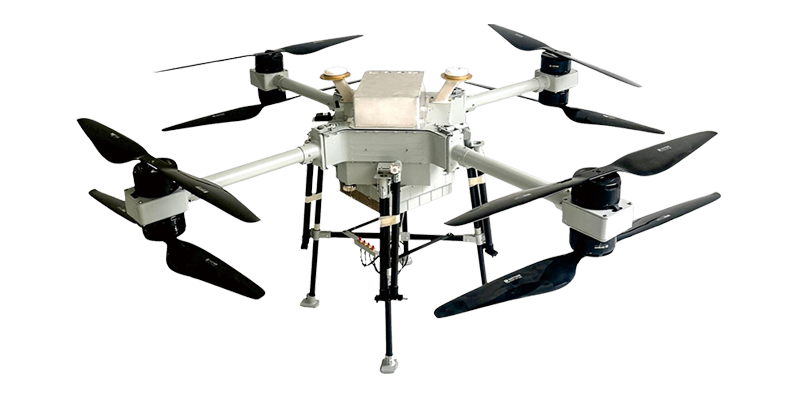
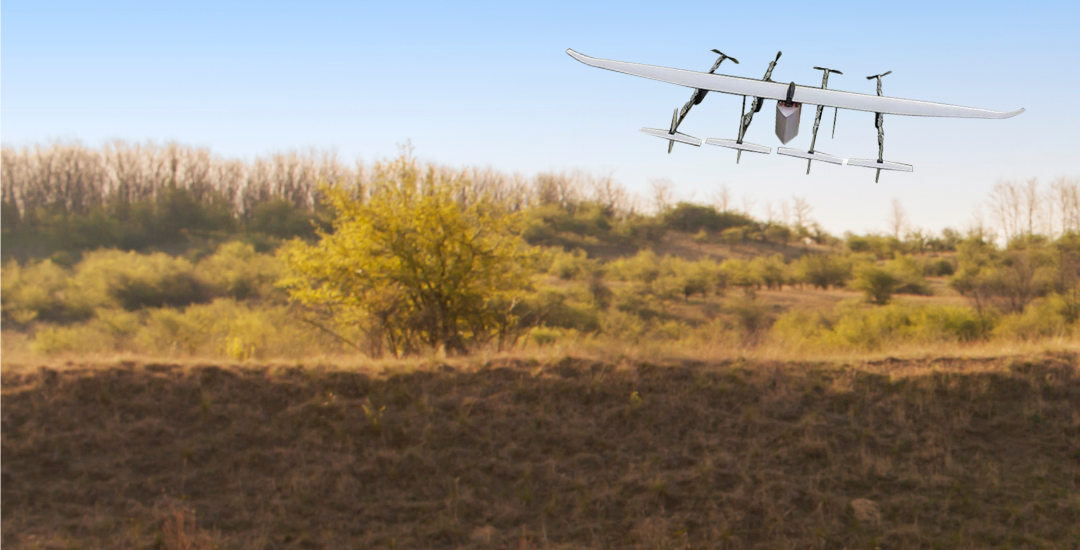
Long Range VTOL UAV represent a transformative leap in aviation technology. Combining the vertical flight capabilities of helicopters with the range and speed of fixed-wing aircraft, these UAVs are redefining possibilities in logistics, defense, and disaster response. However, as with all disruptive technologies, VTOL UAVs face unique regulatory challenges, while simultaneously unlocking opportunities for global advancements.
Defining Long-Range VTOL UAVs
VTOL UAVs possess unique features that distinguish them from traditional drones:
These drones are designed for versatility in diverse environments, making them ideal for industries requiring adaptability and precision.
Applications of Long-Range VTOL UAVs
1. Commercial Operations
Companies like Zipline and Wing have leveraged long-range VTOL UAVs for medical supplies and food deliveries, revolutionizing access in remote areas.
2. Defense and Surveillance
Their extended endurance and vertical mobility make VTOL UAVs effective for reconnaissance missions, border patrols, and search-and-rescue operations.
3. Environmental Monitoring
From monitoring deforestation to assessing wildlife, UAVs provide scalable, low-impact observation platforms.
4. Emergency Response
Their ability to bypass traffic and terrain has proven critical in delivering supplies and communication tools during disasters.
Long Range VTOL UAV-Blueflyplus
Global Regulatory Landscape
UAV regulation varies widely across countries and organizations:
- ICAO: Sets international safety standards for UAV operations.
- FAA: U.S.-based guidelines prioritize safety and privacy.
- EASA: Strives for unified regulations across EU countries.
Emerging markets like India and Southeast Asia are catching up with harmonized policies, while Africa sees unique opportunities due to lighter regulatory frameworks.
Safety Standards
1. Airworthiness Certification
Governments demand rigorous tests to ensure operational safety.
2. Collision Avoidance Systems
Detect-and-avoid technologies have become non-negotiable to reduce mid-air collision risks.
3. Operational Risk Management
Operators must prepare comprehensive risk assessments to gain approval for flights, especially in urban airspace.
Airspace Integration
For VTOL UAVs to coexist with manned aircraft:
- UTM systems are being developed to provide real-time data on drone positions.
- Dynamic airspace control algorithms allow for safer, autonomous routing.
Technological integration will remain a critical focus for regulators and developers.
Privacy and Security Concerns
Protecting citizen privacy and preventing unauthorized UAV use are core concerns:
- Mandatory geofencing can restrict UAVs from entering sensitive areas.
Encryption standards are evolving to protect UAV command systems from cyberattacks.
Noise and Environmental Impacts
The electric VTOL segment has brought significant advances in reducing environmental impacts, including:
- Lowered operational noise levels through innovative rotor designs.
- Adoption of hydrogen fuel cells and other sustainable power sources.
Such innovations enable greater public acceptance and support for UAV deployment.
Innovations Helping Regulatory Compliance
1. Detect-and-Avoid Systems
These allow UAVs to operate autonomously with heightened situational awareness.
2. AI-Driven Decision Making
AI simplifies complex airspace rules, aiding autonomous UAVs in navigation and mission execution.
3. Next-Generation Sensors
Advanced communication and LIDAR systems make UAV compliance seamless.
Opportunities for Market Growth
1. Emerging Markets
Regions like Africa, Asia, and South America hold immense potential due to relaxed regulatory environments and demand for critical goods.
2. Incentives for Green Technology
Grants and partnerships for eco-friendly UAV designs help developers gain regulatory favor.
Future Trends in Regulation and Technology
Regulation will increasingly align with advances in automation, making it easier for UAVs to self-regulate compliance.
Expected innovations include:
- Complete airspace digitization.
Rules for fully autonomous air cargo corridors.
Conclusion
The interplay of regulatory hurdles and groundbreaking innovations shapes the future of long-range VTOL UAVs. While achieving consensus on global standards remains challenging, the opportunities to innovate and collaborate far outweigh the setbacks. A balanced approach can unlock the technology’s potential for a safer, greener future.
FAQs
What is the difference between long range VTOL UAVs and traditional drones?
Long-range VTOL UAVs have enhanced distance, payload, and operational capabilities compared to traditional drones, focusing on both flexibility and endurance.
Which organizations regulate UAV operations?
Regulatory bodies include ICAO, FAA (U.S.), EASA (Europe), and equivalent authorities globally.
How do regulations ensure UAV safety?
Strict certification, flight operational standards, and integration with air traffic systems help mitigate safety risks.
Are VTOL UAVs environmentally friendly?
Yes, many VTOL UAVs are adopting electric or hydrogen power sources to minimize carbon emissions.
What are the barriers to airspace integration?
Challenges include ensuring real-time data-sharing across multiple aircraft and managing the risk of mid-air collisions.
Can VTOL UAVs be hacked?
While systems are designed with advanced encryption and authentication, vulnerabilities still exist, making security a top priority for developers.
SHARE:
Send a Message
RECENT POSTS
 How VTOL Drones Are Transforming Delivery Services2025-03-28
How VTOL Drones Are Transforming Delivery Services2025-03-28 VTOL Drones vs. Fixed-Wing & Multirotor: Pros and Cons2025-03-21
VTOL Drones vs. Fixed-Wing & Multirotor: Pros and Cons2025-03-21 Top 10 Safety Tips for Operating VTOL UAVs in Urban Areas2025-03-14
Top 10 Safety Tips for Operating VTOL UAVs in Urban Areas2025-03-14 Choosing the Right Fixed-Wing UAV for Your Needs2025-03-07
Choosing the Right Fixed-Wing UAV for Your Needs2025-03-07 What Is a VTOL Aircraft? A Beginner’s Guide2025-02-24
What Is a VTOL Aircraft? A Beginner’s Guide2025-02-24
Get in Touch
Please use the form below to get in touch.
If you need a reply we will get in touch as soon as possible.

